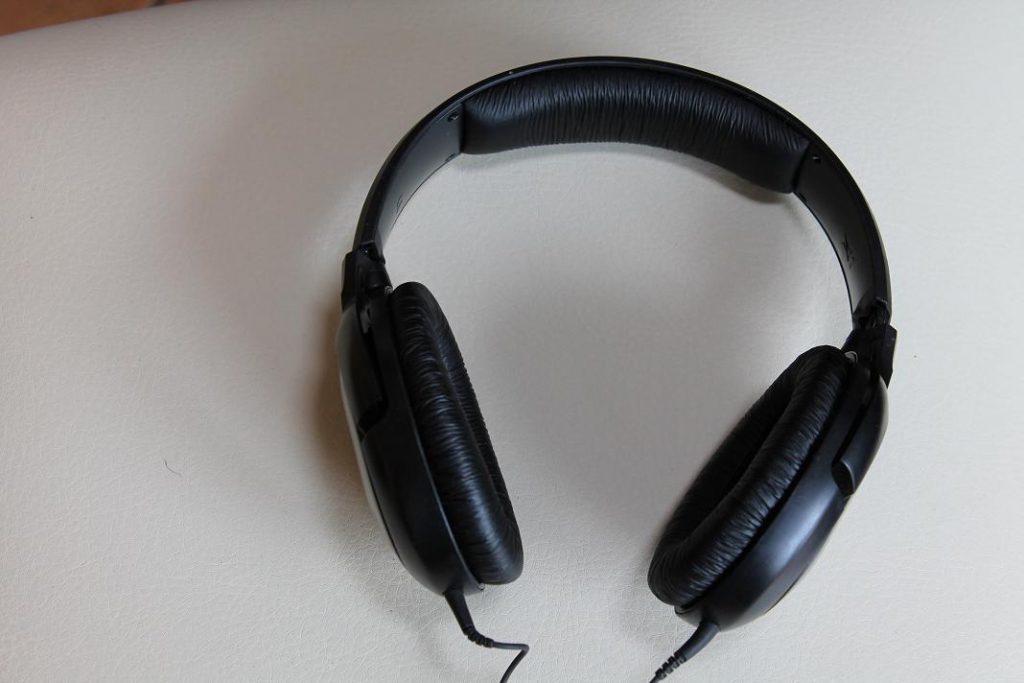0011100001100111001100
010001110001010101000
0011100001100111001100
010001110001010101000 …………………………………………………
0011100001100111001100
010001110001010101000
0011100001100111001100
010001110001010101000
The sweet sound of brostep. Now also available to those with damaged hearing….
The sounds of success are ringing at Kansas State University through a research project that has potential to treat human deafness and loss of balance.
Philine Wangemann, university distinguished professor of anatomy and physiology in the College of Veterinary Medicine, and her international team have published the results of their study in the July issue of the journal PLOS Genetics: “SLC26A4Targeted to the Endolymphatic Sac Rescues Hearing and Balance in SLC26A4 Mutant Mice.”
“When the SLC26A4 gene is mutated, it leads to a loss of pendrin expression, which causes swelling of the inner ear and loss of hearing and balance,” Wangemann said. “In my research, I have been interested in how the inner ear functions. We worked on the idea that if you keep one domino in the chain standing, then the others would continue to stand and function normally. In other words, if we could restore the proper expression of pendrin in the endolymphatic sac and thereby prevent swelling of the sac, this may prevent swelling of other parts of the inner ear and rescue hearing and balance.”
More than 28 million people in the United States suffer some form of hearing loss. Wangemann said mutation of SLC26A4is one of the most common forms of hereditary hearing loss in children, not only in the U.S. and Europe, but also in China, Japan and Korea, which makes this research very significant on a global scale.
The foundation of Wangemann’s study is that this human disease is largely recapitulated in a mutant mouse model. SLC26A4 is normally found in the cochlea and vestibular organs of the inner ear as well as in the endolymphatic sac, which is a non-sensory part of the inner ear. When the mutant mice lack SLC26A4 expression, their inner ears swell during embryonic development. This leads to failure of the cochlea and the vestibular organs, resulting in deafness and loss of balance. The multitude of sites where SLC26A4 is located made the goal to restore function look futile, unless some sites were more important than others.
“We generated a new mutant mouse that expresses SLC26A4 in the endolymphatic sac, but not in the cochlea or the vestibular organs of the inner ear,” Wangemann said. “Fantastically, this mouse did not develop the detrimental swelling of the inner ear and even more exciting, the mouse developed normal hearing and balance.”
That restoration of hearing and balance lasted for the duration of the testing period, which suggests that the restoration is permanent.
“Our study provides the proof-of-concept that a therapy aimed at repairing the endolymphatic sac during embryonic development is sufficient to restore a lifetime of normal hearing and balance,” Wangemann said.
While these findings are made in a mouse model, Wangemann said that eventually the idea is to develop a pharmacological treatment for human patients, but much more research will be necessary, such as to understand how fluid secretion and absorption is supported and how the balance of secretion and absorption is maintained to prevent the detrimental swelling.
Source: Kansas State University
Photo: Sean Keenan

Some of the news that we find inspiring, diverting, wrong or so very right.




















